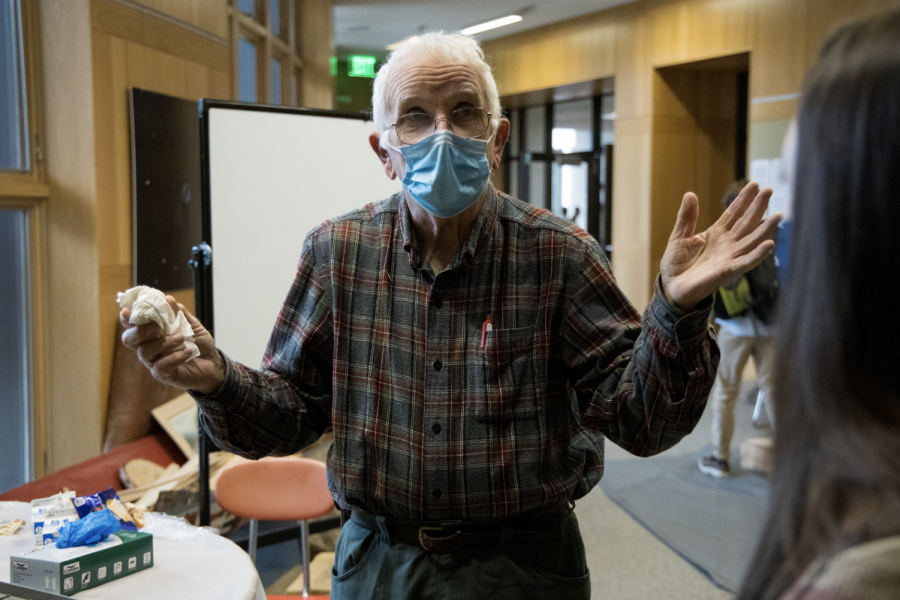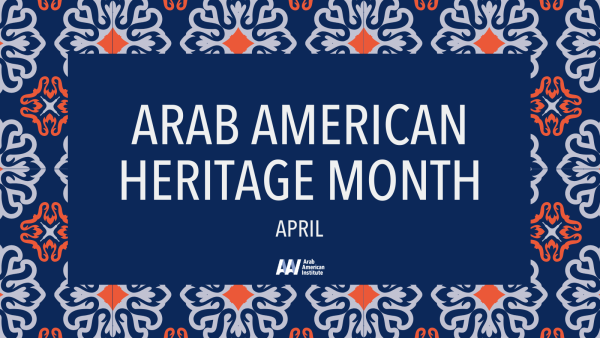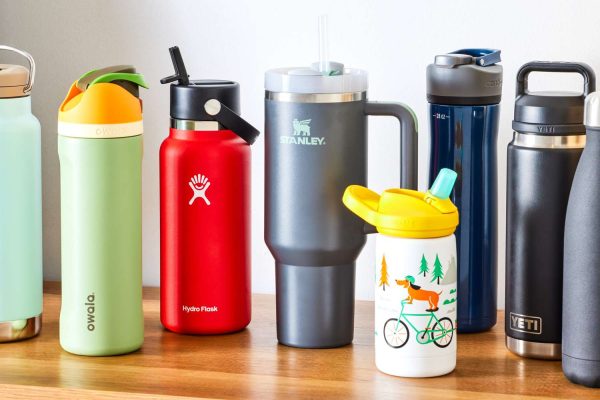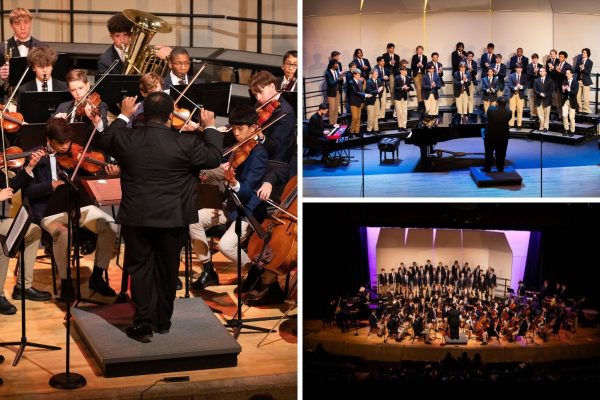Mr. Harmon: An Outdoor Legend
October 16, 2020
May 4th, 1970—over 50 years ago, the University School Hunting Valley campus held its first ever day of classes, and among the many people in attendance was Mr. Terry Harmon. With a background in public health and natural resources, Mr. Harmon was hired by headmaster William McKinley, along with a man named John Massey. While most teachers were assigned to coach a sport after school, Harmon and Massey were simply asked to explore the outdoor regions of the campus. While the two were brainstorming ideas regarding how the 229 acres of forest could be used, the maple sugaring program was born.
This school-run business, which thrives to this day, takes advantage of the several maple trees on campus. The process of making syrup can be long and sometimes arduous. The sap itself is collected during the spring, when the temperature change causes an alteration in pressure, forcing the liquid to rise. Most of the trees are connected by lines, making it so that heavy sap buckets don’t have to be lugged around. However, the lines are not indestructible, as they are sometimes hit by falling trees. After collection, the water and other minerals are boiled off of the sap—composed of only 2% sugar—and what remains is converted into maple syrup. Perhaps the most amazing aspect of this is that the process is conducted strictly on campus: Straight from University School’s trees, to University School’s Sugar Shack, to University School’s Prep Shop.
Mr. Harmon, of course, does not do all of this by himself—a program composed of students known as Outdoor Projects helps him manage the lake, the maple sugaring operation, the hatchery, and more. Among the people who often assist him is junior Dominic Juliana.
“I look at him more as associate than as student-teacher,” said Harmon. “I learn a lot from him, and that’s good. It’s a two-way relationship. That’s the way it should be… He’s got what you really need for this stuff: curiosity.” Although he initially joined the Outdoor Projects for an athletic credit, Juliana found it fulfilled much more than just a school requirement.
“I love the outdoors so much,” said Juliana, who spends two hours after every school day working with Mr. Harmon. Juliana also recommended Outdoor Projects to anyone interested, and made it clear that one does not have to be nearly as dedicated in order to join the program.
“I would certainly recommend outdoor projects… The thing about it is it’s not really organized like a sport, where you’re going to play a game on this day and this day and this day and practice the others. It’s different every day, so come one day, and if you don’t like what we’re doing that day, try another time.” Mr. Harmon echoed this sentiment too.
“My kind of idea would be you could do both. You should play football and do this, because it’s your land too.”
Another feature of University School that many students might see as nothing more than a decoration is the fish tank; they often don’t realize how much history is held within the confines of the large glass box. This history begins and ends with the fish. Native to Eastern North America, the brook trout serves as the primary resident of Kilroy Lake. Over his time at University School, Mr. Harmon has become an overseer to these fish. Hidden in the woods behind the school is a small building known as the fish hatchery. Here, the trout—among other organisms—are hatched, studied, and observed. The almost 50-year-old building has seen harsh winters, hot summers, and more schoolyears at US than many could imagine.
However, it is finally being torn down this year. Fortunately, it is being replaced with a new construction, which will be known as the water lab. Here, not only will the fish themselves be examined, but Mr. Harmon and the outdoor projects participants will also study the water quality as well as the microorganisms within the lake.
Perhaps Mr. Harmon’s most notable work is the giant birchbark canoe that he can be found constructing after the school day has concluded. He had canoed all throughout his life, but he was always in a modern boat made of modern materials. Wishing to try something different combined with a desire to for interactive learning sparked the idea of creating one himself. This is now his fourth birchbark canoe, but Mr. Harmon has yet to be bored. He especially enjoys the fact that something seemingly as simple as building a boat can relate to such a broad range of subjects.
“He wanted to build the canoe so everyone at school, as they’re walking from class to class, could see it. It relates to natural history, because of the Native Americans, and science, with the materials he uses—they’re all natural,” said Juliana. Mr. Harmon agreed, explaining how geometry, chemistry, physics, and history all pertain to canoe-building. This all, however, goes back to the same fundamental idea: Mr. Harmon loves what he does. He wouldn’t be at US for more than 50 years if he didn’t. His greatest hope is to share this love of learning with the students around him.
“Hundreds of kids every day going by here: not a question…” He remarked. “They see it here, and if they have a question, they don’t ask it. It kind of surprises me because [this canoe]is really odd.”
So, next time you walk past the canoe, stop for a minute. If Mr. Harmon’s there, don’t hesitate to ask him a question, as he couldn’t be happier to answer. Ask him about the fish hatchery or the maple sugaring process. Ask him about the brook trout themselves or the plans for the new water lab. You could even ask to go out into the woods with him one day after school; You’d certainly learn something. Harmon concluded, “You go to this school and all you see are walls. There’s a whole other world out there.”











